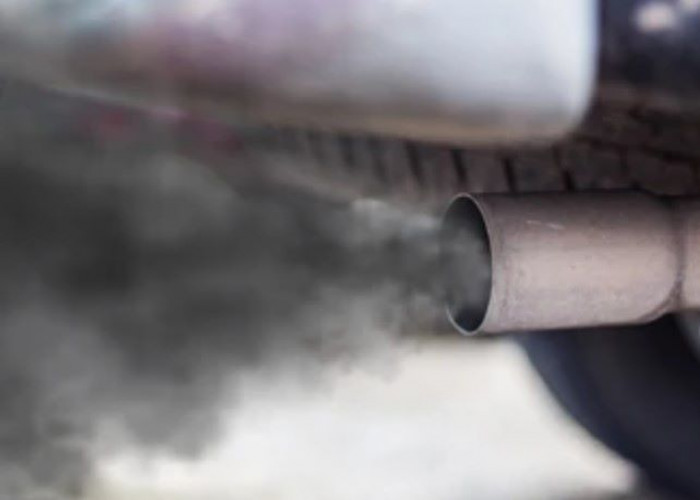 Welcome
Welcome
“May all be happy, may all be healed, may all be at peace and may no one ever suffer."
Carbon monoxide poisoning

Carbon monoxide poisoning occurs when an individual inhales carbon monoxide gas, which can be produced by incomplete combustion of fossil fuels or other carbon-containing materials. Carbon monoxide can bind to hemoglobin in the blood, reducing the amount of oxygen that can be carried throughout the body. Symptoms of carbon monoxide poisoning can include headache, dizziness, nausea, vomiting, weakness, confusion, and chest pain, and can progress to unconsciousness or death if not treated promptly. Treatment typically involves removing the individual from the source of carbon monoxide exposure and administering oxygen therapy to help clear the gas from the bloodstream. In severe cases, hyperbaric oxygen therapy may be necessary to improve oxygen delivery to the body's tissues. It is important to take steps to prevent carbon monoxide poisoning, such as installing carbon monoxide detectors in homes and buildings, properly maintaining and ventilating fuel-burning appliances, and avoiding the use of charcoal grills or generators indoors.
Research Papers
Disease Signs and Symptoms
- Headaches
- Weakness
- Dizziness (vertigo)
- Nausea or vomiting
- Shortness of breath (dyspnea)
- Confusion (Hallucinations)
- Blurred vision of eye
- Loss of consciousness (fainting)
Disease Causes
Carbon monoxide poisoning
Carbon monoxide poisoning occurs when carbon monoxide builds up in your bloodstream. When too much carbon monoxide is in the air, your body replaces the oxygen in your red blood cells with carbon monoxide. This can lead to serious tissue damage, or even death.
Carbon monoxide is a colorless, odorless, tasteless gas produced by burning gasoline, wood, propane, charcoal or other fuel. Improperly ventilated appliances and engines, particularly in a tightly sealed or enclosed space, may allow carbon monoxide to accumulate to dangerous levels.
If you think you or someone you're with may have carbon monoxide poisoning, get into fresh air and seek emergency medical care.
Disease Prevents
Carbon monoxide poisoning
Simple precautions can help prevent carbon monoxide poisoning:
- Install carbon monoxide detectors. Put one in the hallway near each sleeping area in your house. Check the batteries every time you check your smoke detector batteries — at least twice a year. If the alarm sounds, leave the house and call 911 or the fire department. Carbon monoxide detectors are also available for motor homes and boats.
- Open the garage door before starting your car. Never leave your car running in your garage. Be particularly cautious if you have an attached garage. Leaving your car running in a space attached to the rest of your house is never safe, even with the garage door open.
- Use gas appliances as recommended. Never use a gas stove or oven to heat your home. Use portable gas camp stoves outdoors only. Use fuel-burning space heaters only when someone is awake to monitor them and doors or windows are open to provide fresh air. Don't run a generator in an enclosed space, such as the basement or garage.
- Keep your fuel-burning appliances and engines properly vented. These include:
- Space heaters
- Furnaces
- Charcoal grills
- Cooking ranges
- Water heaters
- Fireplaces
- Portable generators
- Wood-burning stoves
- Car and truck engines
- Ask your utility company about yearly checkups for all gas appliances, including your furnace.
- If you have a fireplace, keep it in good repair. Clean your fireplace chimney and flue every year.
- Keep vents and chimneys unblocked during remodeling. Check that they aren't covered by tarps or debris.
- Make repairs before returning to the site of an incident. If carbon monoxide poisoning has occurred in your home, it's critical to find and repair the source of the carbon monoxide before you stay there again. Your local fire department or utility company may be able to help.
- Use caution when working with solvents in a closed area. Methylene chloride, a solvent commonly found in paint and varnish removers, can break down (metabolize) into carbon monoxide when inhaled. Exposure to methylene chloride can cause carbon monoxide poisoning.
- When working with solvents at home, use them only outdoors or in well-ventilated areas. Carefully read the instructions and follow the safety precautions on the label.
Disease Treatments
Get into fresh air immediately and call 911 or emergency medical help if you or someone you're with develops signs or symptoms of carbon monoxide poisoning. These include headache, dizziness, nausea, shortness of breath, weakness and confusion.
Once you're at the hospital, treatment may involve:
- Breathing pure oxygen. In the emergency room, you may breathe pure oxygen through a mask placed over your nose and mouth. This helps oxygen reach your organs and tissues. If you can't breathe on your own, a machine (ventilator) may do the breathing for you.
- Spending time in a pressurized oxygen chamber. In many cases, hyperbaric oxygen therapy is recommended. This therapy involves breathing pure oxygen in a chamber in which the air pressure is about two to three times higher than normal. This speeds the replacement of carbon monoxide with oxygen in your blood.
- Hyperbaric oxygen therapy may be used in cases of severe carbon monoxide poisoning. It helps protect heart and brain tissue, which are particularly vulnerable to injury from carbon monoxide poisoning. Hyperbaric oxygen therapy may also be recommended for pregnant women because unborn babies are more susceptible to damage from carbon monoxide poisoning.
Disease Diagnoses
Disease Allopathic Generics
Disease Ayurvedic Generics
Disease Homeopathic Generics
Disease yoga
Carbon monoxide poisoning and Learn More about Diseases

Ichthyosis vulgaris
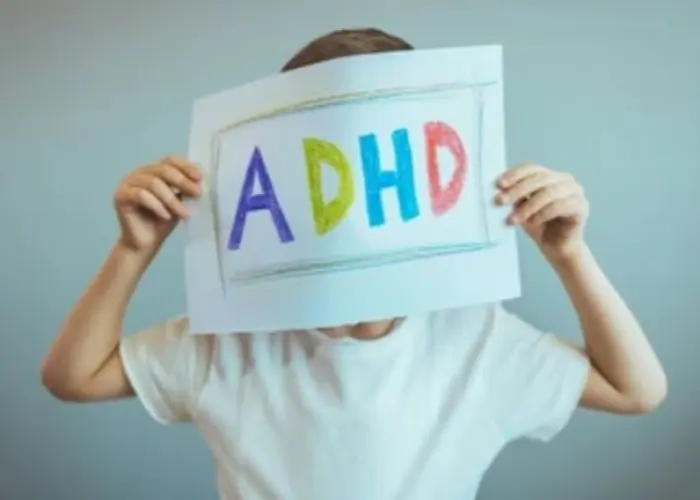
Attention-deficit/hyperactivity disorder (ADHD) in children
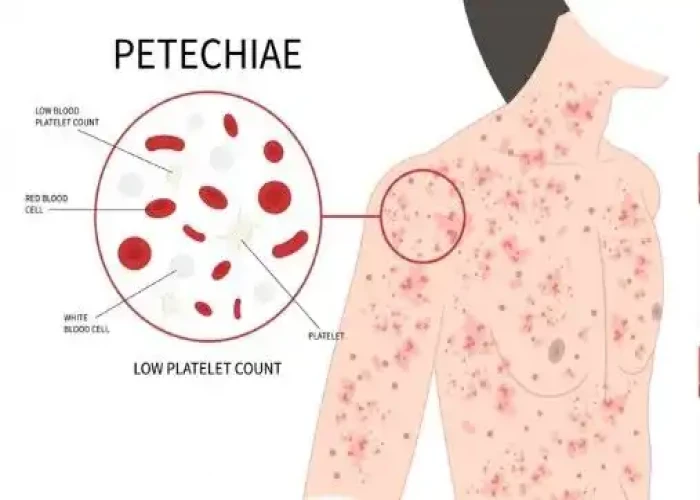
Thrombocytopenia (low platelet count)
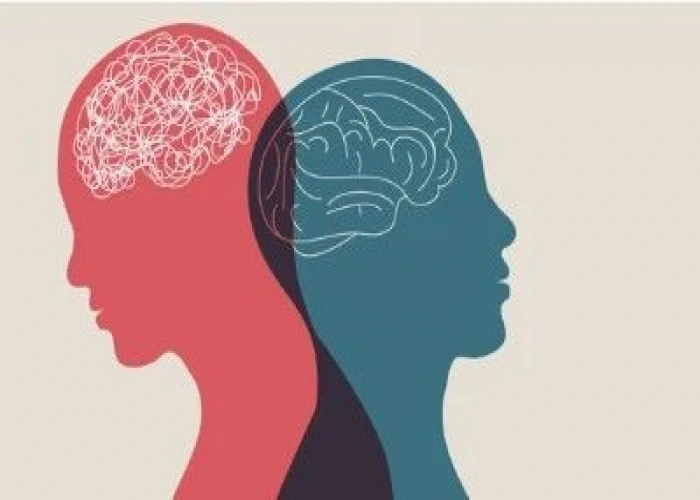
Personality disorders

Chronic myelogenous leukemia
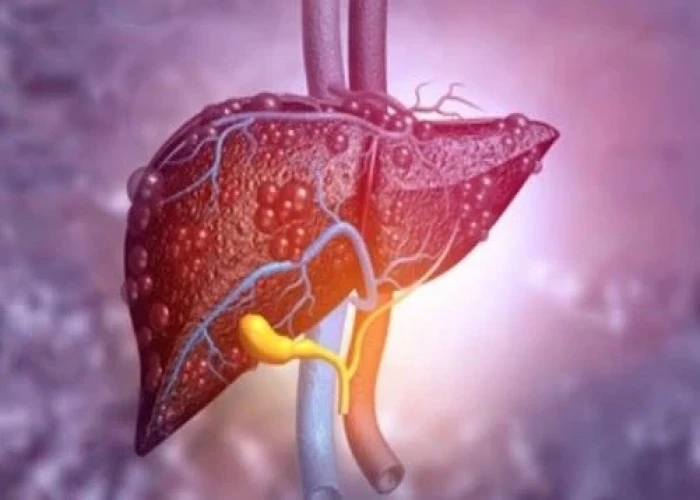
Primary sclerosing cholangitis
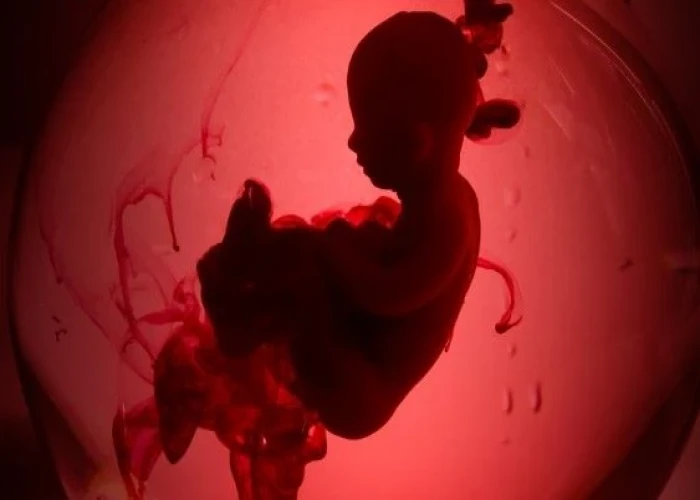
Miscarriage (Abortion)
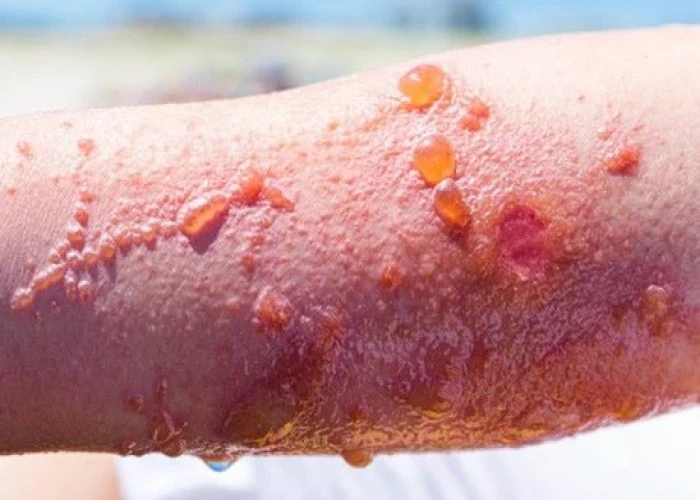
Poison ivy rash
Carbon monoxide poisoning, Carbon poisoning, কার্বন মনোক্সাইড বিষক্রিয়া
To be happy, beautiful, healthy, wealthy, hale and long-lived stay with DM3S.
